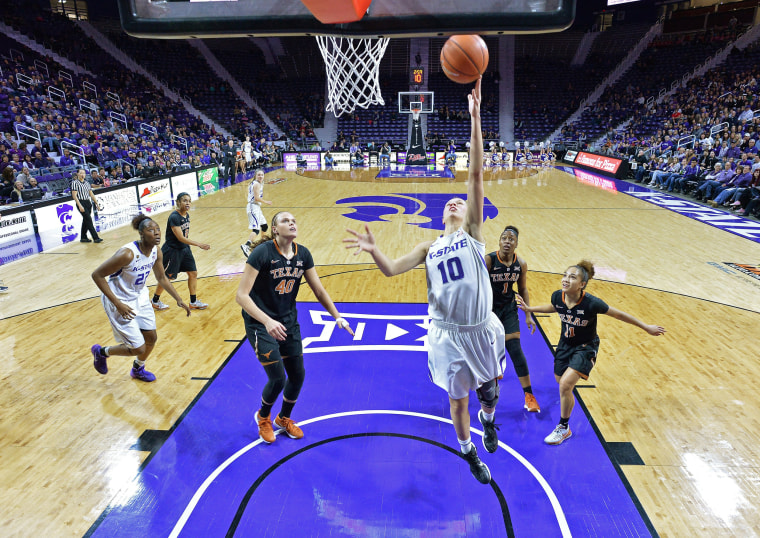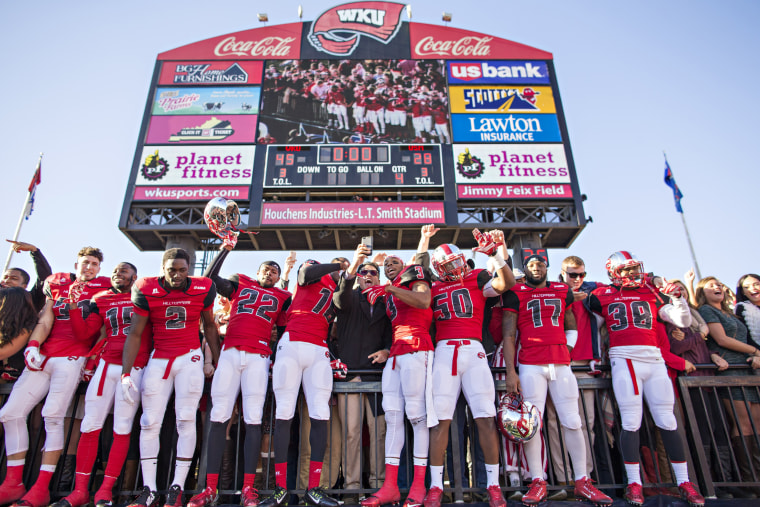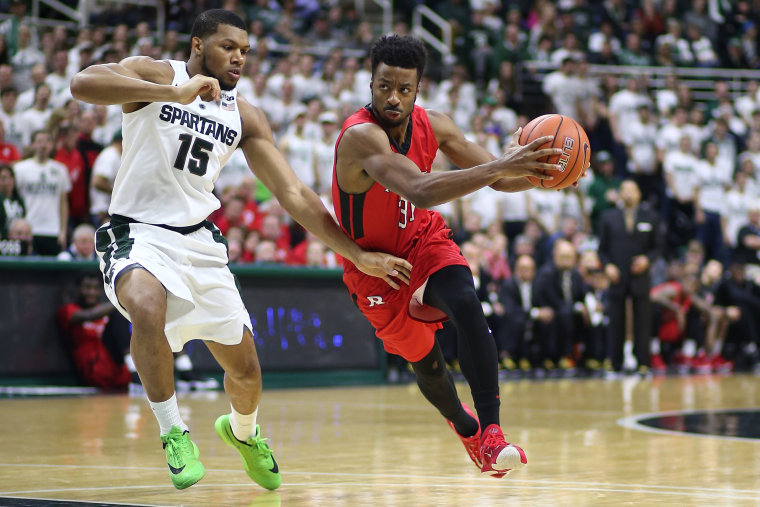Many students dream of playing sports in college. But following four years on the field, after the lights have dimmed on the last game, how does this experience impact college athletes’ lives?
The NCAA collaborated with Gallup to look at how former athletes fare in the real world. They interviewed over 1,600 former student athletes, who graduated between 1970 and 2014, and compared their experiences to those of non-athletes.

Former college athletes are thriving, the report finds. Understanding Life Outcomes of Former NCAA Student-Athletes showed that in four categories — social and physical well-being, as well as community engagement and goal achievement — former athletes did better than non-athletes. But in a fifth category — financial well-being — the two groups fared the same.
Special report: Get tips and advice about college at College Game Plan
The report's key findings include:
- While in college, NCAA athletes did not miss out on formative student experiences. Despite the time demands of playing for a team, athletes were highly engaged in campus life. They were far less likely to transfer (39% vs. 22%) and equally likely to graduate in four years.
- Athletes were more likely than non-athletes to say that they had a professor who cared about them as a person and were more involved with campus clubs and organizations.The report's authors note that these last two factors are particularly important. Past research has shown them to be related to overall well-being in the years after graduation.
- Former female athletes have thrived in the workplace. While the gap overall between former student athletes who are working (65%) and non-athletes who are employed (63%) was small for women, the gap was much larger. A full 62% of former female athletes were employed full-time, while only 56% of non-athletes held full time times. But on the crucial measure of being engaged in their work and having a job they love, former female NCAA athletes fared substantially better than other women and all men.
- Female athletes won big again when the study looked at physical health. Forty-seven percent reported being healthy and having enough energy to get things done on a daily basis. But for women who had not participated in sports, the number was only about a third.

Brandon Busteed, Executive Director, Education and Workforce Development, at Gallup cites previous research that shows female high school athletes get better grades and graduate a higher rates than girls who do not participate in sports. This report suggests that the positive impact of the athletic experience is far longer lasting. Busteed writes: “In a day and age in which gender inequality continues to exist on so many levels, it is greatly encouraging to see indicators of real success on which female athletes achieve better outcomes than their college graduate counterparts — male, female, athlete or otherwise.”
